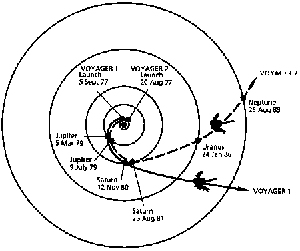Click on image for full size
NASA
Happy Anniversary Voyager!
News story originally written on August 22, 1997
The Voyager program is celebrating its 20th anniversary. Voyager 1 and Voyager 2 were both launched in the summer of 1977. Their main mission was to explore Jupiter, Saturn, Uranus, and Neptune.
The Voyager spacecraft were originally designed to have a lifetime of 5 years. The two spacecraft operated so well that the mission was extended. In fact, Voyager 1 and Voyager 2 are still operating even after 20 years of travelling through the solar system!
This extended mission means that the spacecraft are still exploring the outer solar system. The spacecraft passed Pluto and are still travelling outward. Scientists are hoping that the spacecraft will reach the heliopause, where the Sun's influence stops. This would truly be where no spacecraft has gone before!
The Voyager spacecraft are expected to near the heliopause by 2002. If there are no serious system failures, it is expected that the two spacecraft will survive another 20 years at which time their power sources will run out.
An interesting bit of trivia from the Voyager mission is that it has a camera onboard that is sharp enough to read a newspaper headline from over a half a mile away!
You might also be interested in:
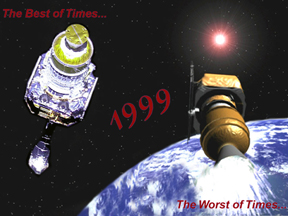
It was another exciting and frustrating year for the space science program. It seemed that every step forward led to one backwards. Either way, NASA led the way to a great century of discovery. Unfortunately,
...more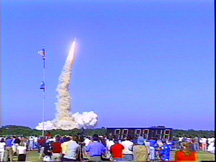
The Space Shuttle Discovery lifted off from Kennedy Space Center on October 29th at 2:19 p.m. EST. The weather was great as Discovery took 8 1/2 minutes to reach orbit. This was the United States' 123rd
...more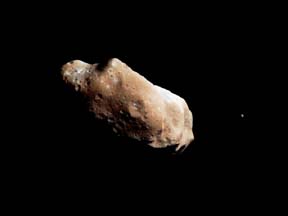
A moon was discovered orbiting the asteroid, Eugenia. This is only the second time in history that a satellite has been seen circling an asteroid. A special mirror allowed scientists to find the moon
...more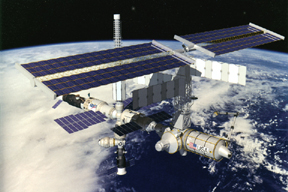
Will Russia ever put the service module for the International Space Station in space? NASA officials want an answer from the Russian government. The necessary service module is currently waiting to be
...more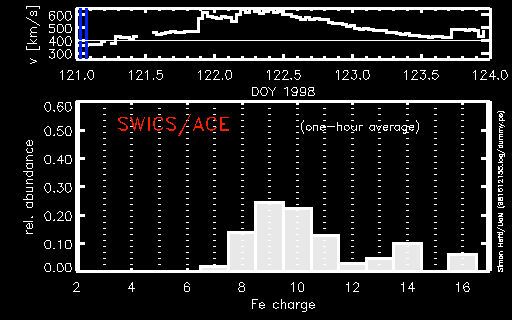
A coronal mass ejection (CME) happened on the Sun early last month. The material that was thrown out from this explosion passed the ACE spacecraft. The SWICS instrument on ACE has produced a new and very
...more
J.S. Maini of the Canadian Forest Service called forests the "heart and lungs of the world." This is because forests filter air and water pollution, absorb carbon dioxide, release oxygen, and maintain
...more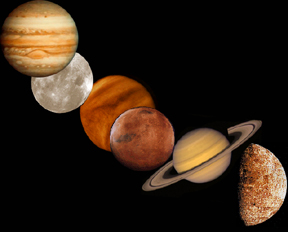
In late April through mid-May 2002, all five naked-eye planets are visible at the same time in the night sky! This is includes Mercury which is generally very hard to see. You won't want to miss this!
...more


